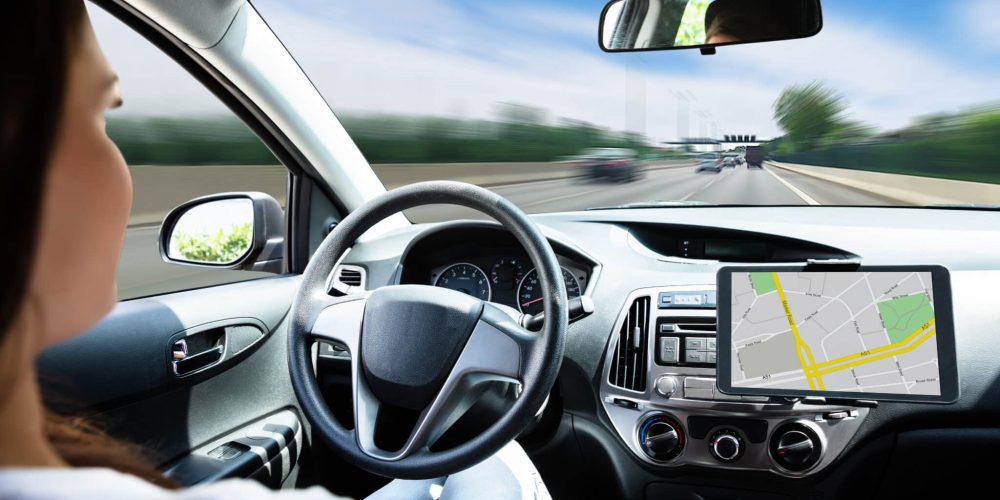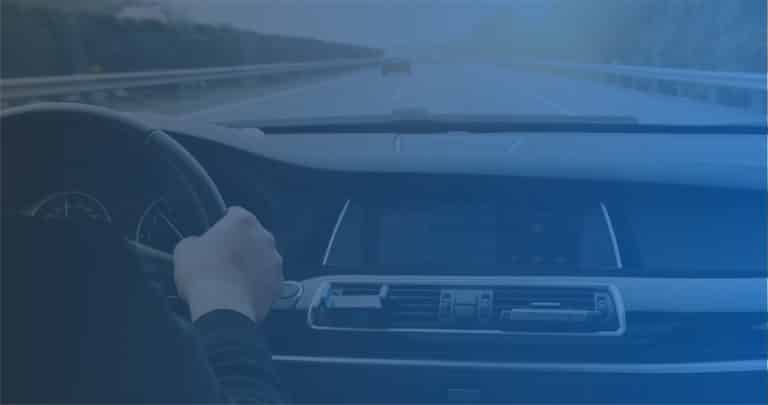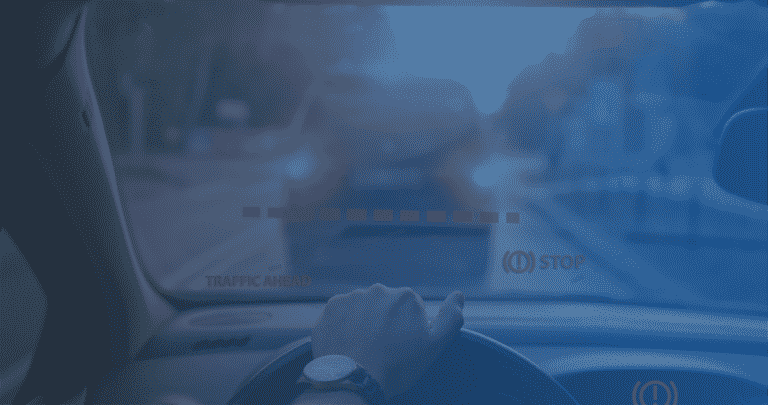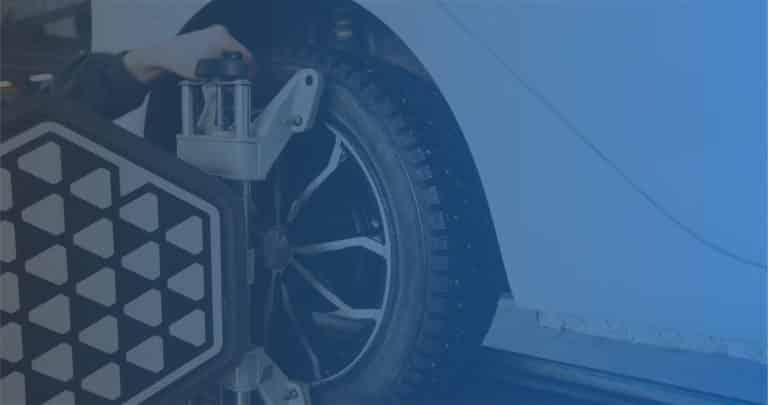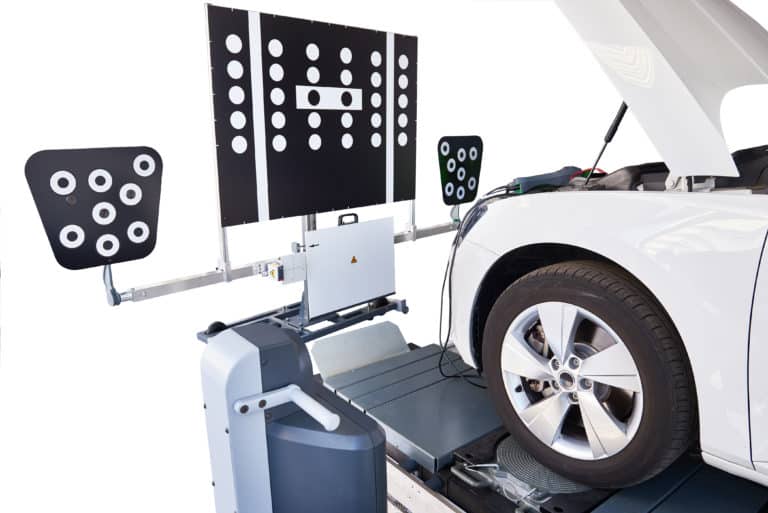While many repair professionals are now familiar with Level 1 and Level 2 systems that assist with tasks like steering or speed control, Level 3 advanced driver-assistance systems (ADAS) introduces a significant shift in responsibility and complexity. At this level, the vehicle is capable of fully controlling the driving task in specific conditions. This evolution moves ADAS from assistance to conditional automation and brings new considerations for auto repair and collision professionals. This article will explore what qualifies as Level 3 ADAS, how these systems function, which manufacturers are leading the way, and what this means for your repair processes. It will also highlight how your shop can adapt to these changes and why understanding Level 3 systems is no longer optional but essential.
What is Level 3 ADAS?
Level 3 Advanced Driver Assistance Systems (ADAS) is defined by SAE International as “conditional automation.” These systems are allowed to manage steering, acceleration, and braking without driver input, but only under specific conditions. They commonly take control when the vehicle reaches certain speeds on highways or during traffic congestion. Still, the driver must be ready to take over at any time when requested by the system.
When Is Level 3 Active?
Level 3 systems only control the driving task in specific scenarios, such as “Traffic Jam Pilot” or “Highway Pilot” modes. When faced with unfavorable conditions, such as poor road quality, heavy rain, or lane confusion, the system alerts the driver to retake control.
Responsibility Shift
Unlike Level 2, Level 3 shifts the primary driving responsibility from the human driver to the vehicle during its active phase. The driver becomes an overseer, prepared to intervene when needed.
What Can a Level 3 System Actually Do?
You might be wondering the extent of control that level 3 systems offer; they’re not fully self-driving but are more involved than levels 1 and 2. Here are some real-world Level 3 features you might encounter:
- Traffic Jam Pilot: Operates below a certain speed (typically 30–40 mph) on highways. It controls steering and speed in dense, slow-moving traffic. This system can repeatedly stop and resume without driver involvement.
- Highway Pilot: Activated on divided highways under stable, approved conditions. It handles lane centering, lane changes, merging, and gap closing automatically.
- Limited Hands-Free Driving: Offers hands-free driving for prolonged stretches, but still demands driver awareness. If anything unusual or concerning is detected, visual and auditory prompts are given.
- Environmental Monitoring: Sensors warn the driver or safely transition control to manual mode during changing road conditions like construction zones or severe weather.
These features go well beyond Level 2 assistance by letting the vehicle take over full control. Again, this is only possible during specific driving phases, and driver supervision is required at all times.
How Does Level 3 ADAS Work?
It may seem a bit worrying that a lot of the control and responsibility are in the hands of ADAS, but there are several components that encourage accurate readings and assured safety. Here’s a breakdown of the multifaceted technical infrastructure behind Level 3 systems:
Sensor Suite
- Cameras detect lane markings, vehicles, and road users.
- Radar monitors relative distance and closing speeds.
- Lidar (on some models) maps real-world 3D environments.
- GPS and HD maps provide lane-accurate positioning and roadway data.
Control Logic & Redundancy
The system uses AI-driven algorithms to interpret sensor data and make complex decisions such as adjusting speed, changing lanes, or braking for obstacles. Many systems include redundancy (e.g., secondary compute modules or cross-check sensors) to maintain safety and fail-safe performance.
Actuators & Integration
Algorithms communicate with steering actuators, throttle controllers, and braking systems to make decisions. The system also monitors driver attentiveness using interior cameras or seat sensors for a safe transition of control.
Operational Domain
Level 3 is limited to well-defined conditions—like certain types of highways, speed ranges, and weather. If the system detects variables outside these conditions, it triggers a takeover request and seamlessly transitions control back to the driver.
By using all these features at once, Level 3 systems can safely maneuver certain driving scenarios. Accurate sensors and cameras allow for good decision-making, and the driver is put in control if there are any unforeseen factors.
Real-World Examples of Level 3 ADAS
Several manufacturers are incorporating Level 3 systems in production or pilot programs:
- Audi A8 (Traffic Jam Pilot): The 2018 A8 introduced Traffic Jam Pilot, available in select markets, allows hands-free driving in traffic. While approved in Germany, regulatory issues have limited its global implementation.
- Mercedes-Benz DRIVE PILOT: Available in certain regions like Nevada and Germany, this system enables hands-free driving up to 40 mph, relying on high-definition maps and extensive sensor arrays.
- Honda Legend (Japan): Launched in 2021, the Legend sedan became the first mass-market Level 3 vehicle in Japan, offering hands-free highway driving under specific conditions.
- Future OEM Roadmaps: Companies such as BMW, Tesla, and Volvo are actively researching or testing Level 3 systems that offer more control but still require careful monitoring.
These examples highlight the expanding incorporation of Level 3 capabilities and signal the beginning of broader acceptance. This is especially promising in markets with clear regulatory frameworks.
Why is Calibration So Important for Level 3 ADAS?
The dramatic increase in autonomy level is exciting, but it also highlights the importance of sensor precision and calibration. To be able to trust these systems, consumers need to be assured that all data and input is pinpoint accurate. Here are the essentials of ADAS calibration:
- Multimodal Sensor Alignment
With cameras, radar, lidar, and GPS working together, even minor misalignments can mess with object perception, lane detection, or distance calculations. Faulty readings could trigger false requests or unsafe movements. - Map and Positioning Accuracy
These systems rely heavily on high-definition maps and precise vehicle localization. Even minor GPS errors can lead to incorrect lane changes or oversights. - System Validity Checks
Level 3 systems include frequent self-checks to verify sensor health, driver readiness, and environmental suitability. Repair and calibration shops must make sure that the diagnostics are functioning correctly. - Regulatory & Safety Liability
Incorrect calibration can lead to system failure or improper operation, which may invite legal consequences. Certification and documentation of calibration procedures are becoming essential for shop credibility. - Workflow Complexity
Compared to Level 1 and 2, Level 3 calibration often needs advanced tools, calibration targets, driving tests, and specialized training. This increases your shop’s need for both skilled technicians and well-equipped facilities.
Since level 3 ADAS provides more assistance and control than levels 1 and 2, it’s especially important that everything is functioning optimally. This is achieved and maintained with proper ADAS calibration.
Learn More About ADAS and/or Start Your Own ADAS Sensor Calibration Center Today
Staying competitive in today’s market means investing in the infrastructure and expertise that can support these systems reliably. As Level 3-equipped vehicles become more common on the road, repair shops that are unprepared will find themselves increasingly limited in the types of vehicles they can safely service. With Car ADAS Solutions, this transition becomes far more manageable. As a Car ADAS Solutions licensee, you benefit from a complete support structure that includes hands-on technician training, OEM-compliant calibration workflows, and assistance in obtaining critical certifications. Beyond the certification process, Car ADAS Solutions provides the tools, resources, and operational guidance to help you grow your calibration services, strengthen your business, and stay ahead of the curve. If you are interested in opening a calibration center, contact us today!

